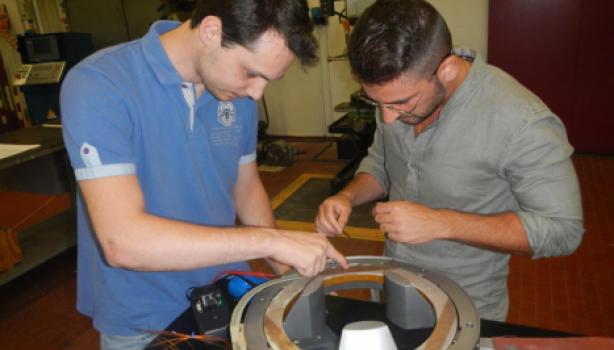As particle physics demands ever more powerful accelerators, the tendency is to go bigger. Dr Ralph Assmann, a leading scientist at DESY believes a completely different approach is needed. Plasma accelerators can be powerful, yet up to 1,000 smaller than conventional accelerators.
Driven by lasers or particle beams, the density oscillations in a plasma can sustain much larger fields, overcoming the breakdown limit of RF cavities. Any electrons trapped in the wake of the plasma wave, may be accelerated up to several GeV in a few millimeters. The effect is known as wakefield acceleration.
In recent years, the energies accessible to plasma wakefield accelerators have risen sharply. Scientists like Dr Assmann want to increase these energies, but also to improve the stability and quality of the electron beams coming out of the accelerator. This would make plasma accelerators suitable for particle physics but also a host of other applications like drivers for Free Electron Lasers.
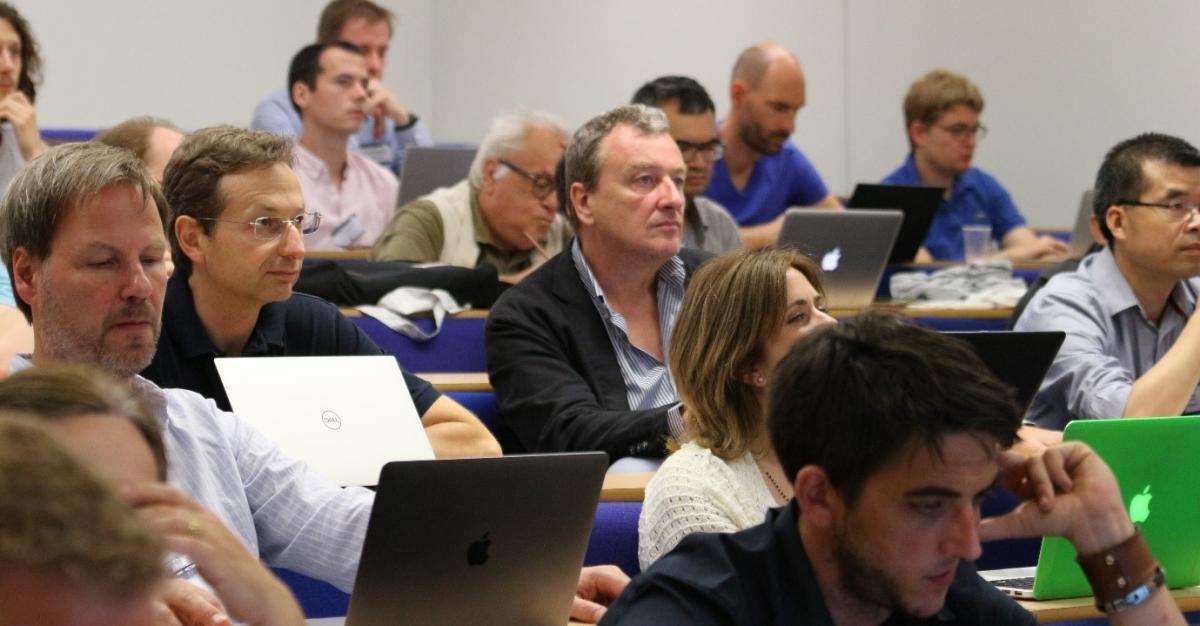 Participants at the 3rd EuPRAXIA Collaboration Week. (Credit: QUASAR Group)
Participants at the 3rd EuPRAXIA Collaboration Week. (Credit: QUASAR Group)Dr Assmann is coordinating the project EuPRAXIA to come up with a design for the world’s first plasma wakefield accelerator with an energy of 5 GeV that can actually be used for research. That may not seem as an impressive energy but as Dr Assmann points out; you have to walk before you can run.
‘Clearly, plasma accelerators are the logical long-term solution for advancing the energy frontier in particle physics,’ he said. ‘But it will require a realistic and sustained approach.’
The EuPRAXIA consortium, comprising 40 laboratories and universities is addressing key questions, like driving the plasma with a laser or a particle beam, accelerating the electrons from the plasma or using an external injector, and employing a single stage or a multi-staged approach. The conceptual design report is expected to be completed towards the end of next year.
In order to produce a fully integrated and coherent report the frequent interaction between the work groups designing the different elements of the facility is essential. Moreover, as the layout of EuPRAXIA starts to take shape, it is time to involve the external stakeholders: the companies which will supply the technology, the scientists who will use the facility, and the students who will run it in the future.
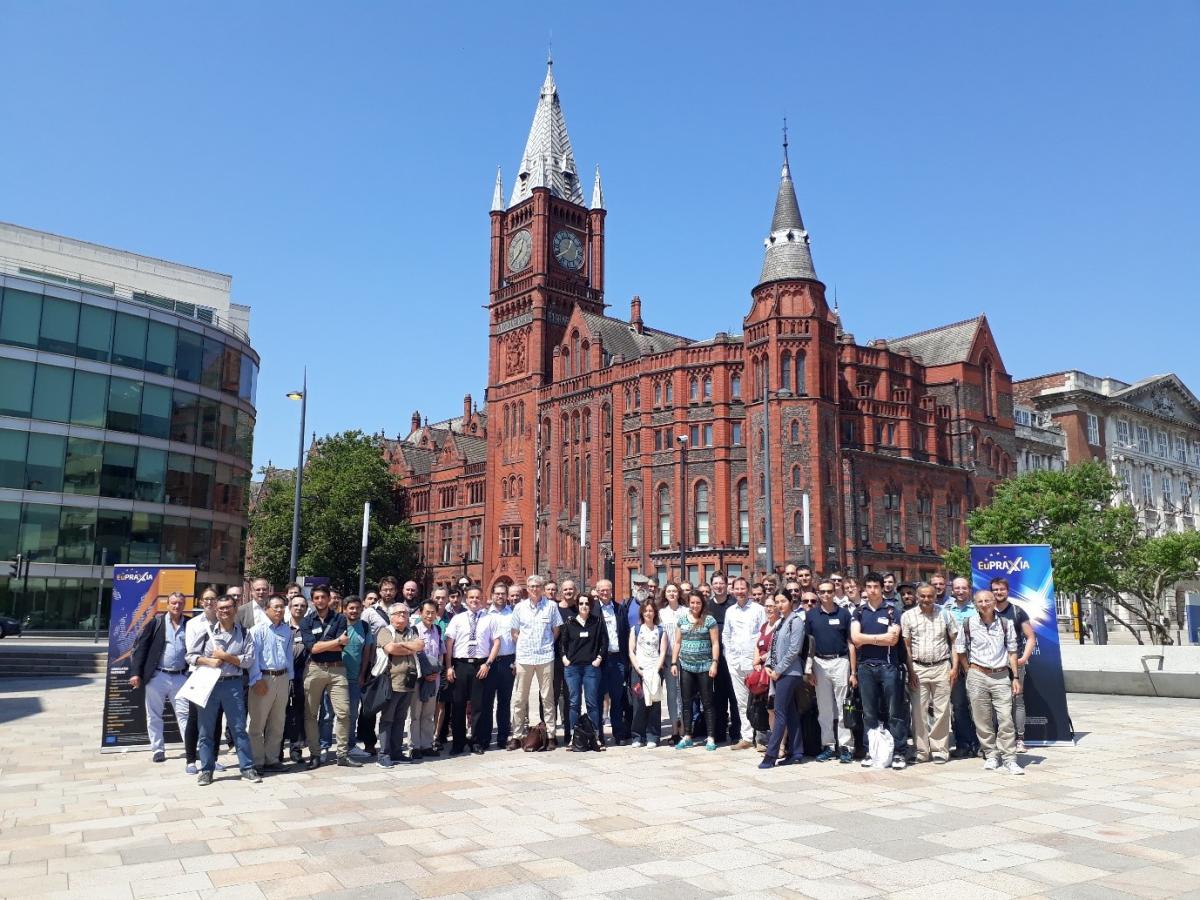
The latest of the EuPRAXIA collaboration meetings took place in Liverpool on 4 – 6 July 2018. The last day of the meeting took the form of a public event at the Liverpool Arena and Convention Centre. The Symposium ‘Quantum Leap Towards the Next Generation of Particle Accelerators’ was a special occasion to showcase the progress made within the EuPRAXIA Design Study alongside the future of plasma accelerators, advanced laser technology, and industry opportunities gathering together scientists, students, and representatives from over 40 companies.
Professor Carsten Welsch, EuPRAXIA’s Director of Communication and Head of the Liverpool Physics Department, said: ‘The collaboration week allowed a critical assessment of the research progress made across all of EuPRAXIA’s scientific work packages. On the other hand, the Symposium was ideal to present the aims and opportunities of EuPRAXIA to a much wider audience.’
The morning session of the Symposium featured talks from research leaders about the science and technology of plasma accelerators. Hands-on demonstrations helped to explain students how this new type of accelerators works and how the particle beams can be optimized. A poster session showcased the results from EuPRAXIA research to date.
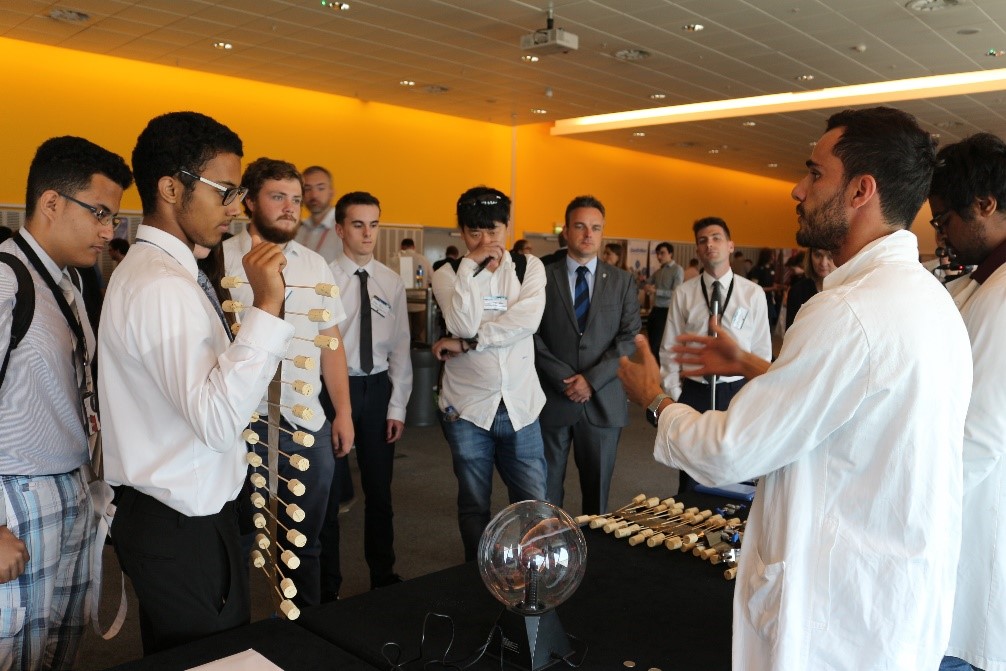
Oliver Burns, one of the 120 high school students who attended the Symposium commented: ‘This science is at the forefront of innovation, and it would be incredible to be a part of advancing the world we live in.’
In the later part of the day the event focused more on the importance of industry-academia collaboration for large scale research infrastructures. It included an industry exhibition highlighting the latest technologies and market-ready products, as well as talks about the wide range of applications in which accelerators find use.
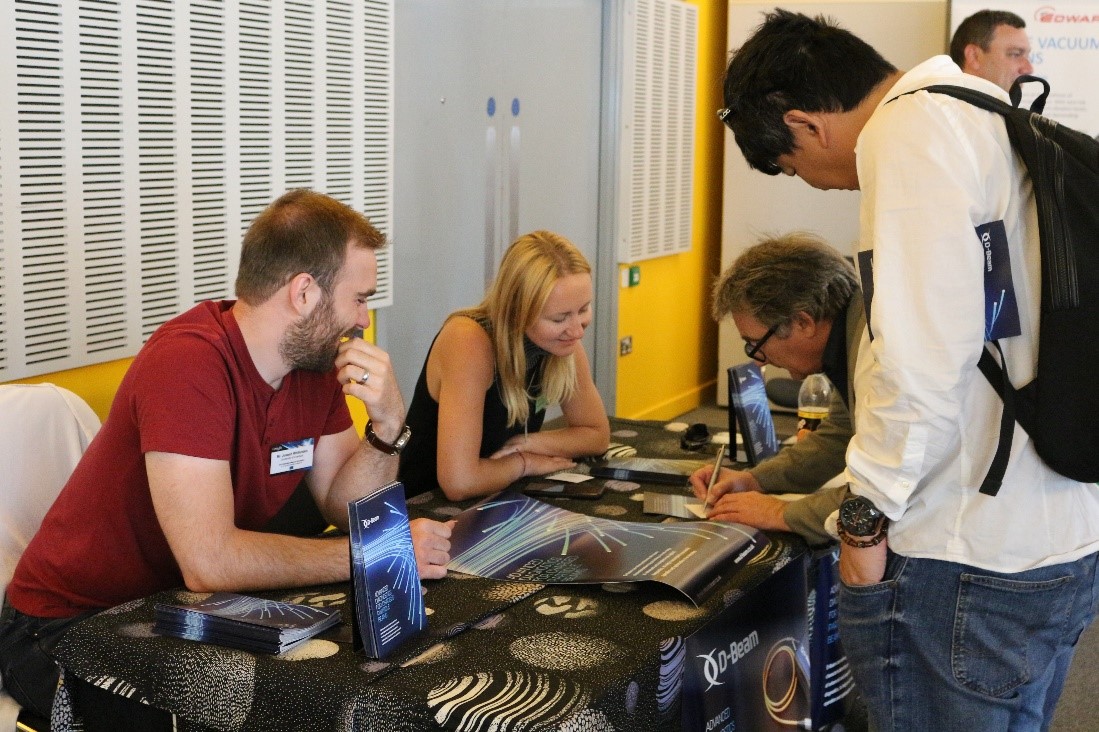
Dr Assmann said: ‘EuPRAXIA represents the next generation of accelerators that will enable fantastic new applications. To pave the way for such a novel facility, we need to work together across research disciplines, countries and sectors.’ Quoting John Lennon, he added: ‘A dream you dream alone, is only a dream. A dream you dream together is reality.’
All the talks from the Symposium are available online and can be watched here:
http://www.eupraxia-project.eu/live-streams.html
